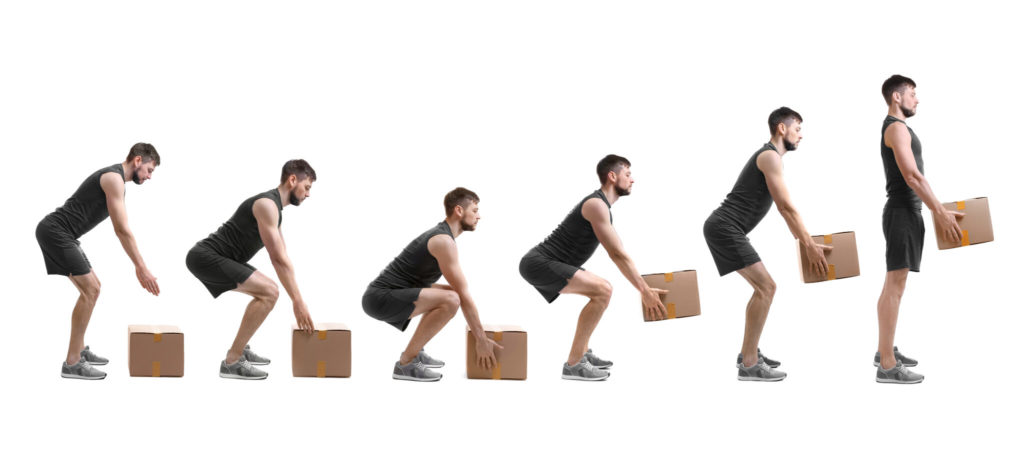Manual Handling
Manual handling covers a number of activities, such as lifting, lowering, carrying, pushing and pulling. These activities are a major cause of musculoskeletal disorders (MSDs) – such as lower back pain, joint injuries and repetitive strain injuries. Manual handling injuries are the single most common cause of workplace injury and occur across a range of industries, from construction to office work.
The following factors affect the risk of injury from manual handling:
- the weight of the load – generally, the heavier the load, the higher the risk of back injury from moving it
- the size and shape of the load – loads which are small and easy to grasp are generally less of a risk than large, awkwardly-shaped loads
- your posture during manual handling – if you have to lift or move something while you’re in an awkward posture, or while seated, the risks of injury are greater
- the distance you have to lift the load – the higher, lower or further you have to reach to pick up or put down the load, the greater the risk
- how you move while handling something – if you have to twist your body or reach over during manual handling, the risk of injury is higher
- how often you have to lift or move something – carrying out a manual handling operation repeatedly increases the risk of injury
- the working environment – anything which makes the manual handling more difficult increases the risk of injury, such as uneven floors or carrying loads from one level to another
- the capability of the person – people differ in physical strength, height and reach.

Your employer alongside their employees will consider the following four main areas when assessing the risk of manual handling:
Load – look at the load itself. Could the weight, size and shape of the load increase the risk of injury – for example, is it hard to grip? What needs to change to improve this factor?
Individual – what is it about the person that makes this job more or less safe? Could some personal characteristics increase the risk of an injury – for example, has the person had training or do they have any history of back problems? What needs to change to improve this factor?
Task – look at the job you’re doing. Could manual handling aspects of the job increase the risk of injury – for example, twisting or reaching while lifting? What needs to change to improve this factor?
Environment – look at the surroundings where the handling job is to take place. Could the environment increase the risk of injury – for example are there objects in the way or uneven surfaces? What needs to change to improve this factor?

